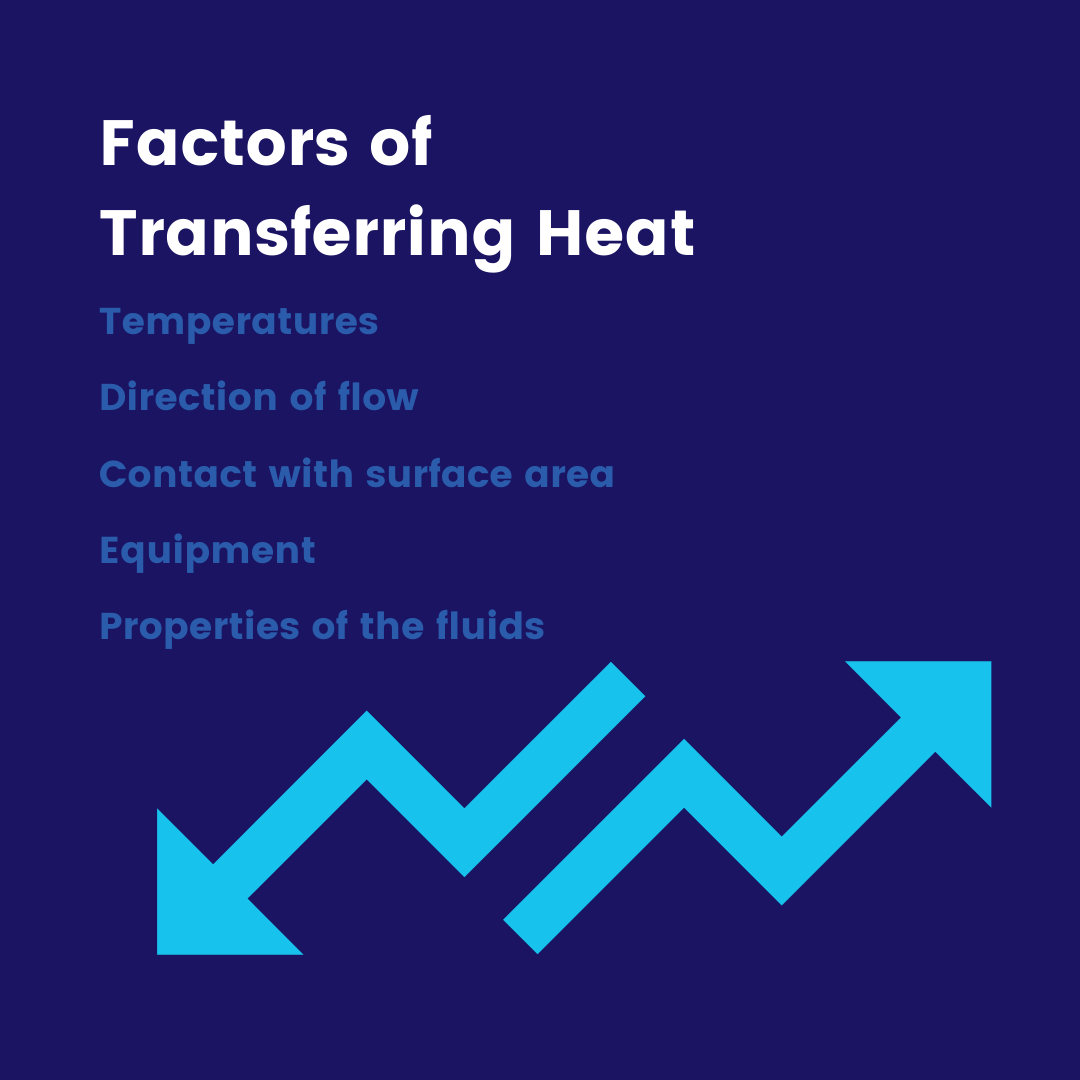Heat exchangers are the core of HVAC systems. The transfer of heat between fluids through a combination of conduction, convection and radiation drives the heating and cooling cycle.
Heat Exchangers: Transferring Heat
Thermal energy transfer takes place via conduction, convection and radiation. Conduction requires physical contact, as molecules transfer kinetic energy through collisions. The heat felt from touching a hot pan is an example of conduction. Convection occurs when the molecules of a fluid expand as thermal energy is added. The added energy changes the fluid’s density and causes the heated fluid to rise, carrying thermal energy with it. Radiation transfers heat with random molecular movements as electromagnetic waves that emit from an object. Sunshine is the best example of radiation.
Equipment that allows heat to transfer from one fluid to another without mixing the two fluids is a heat exchanger. Factors that impact efficiency are:
Temperatures of the fluids
Close temperatures reach equilibrium more quickly. Once the two fluids reach the same temperature, there is no net change in the amount of heat transferred. The temperature the fluids have reached is the temperature you get.
Direction of flow for the fluids
Parallel or co-current flow, in which both fluids flow in the same direction, reaches equilibrium more quickly than counter or cross-current flow.
Amount of surface area the fluids contact
Large surface areas make heat transfer easier.
Equipment materials
Some materials are better than others at taking in and releasing thermal energy. Even among metals, there is a range of efficiency in transferring heat.
Material properties of the fluids themselves
Just as the metals used in constructing heat exchangers impact how well heat transfers, some fluids readily accept thermal energy. Additives can increase or retard a fluid’s ability to carry heat.
The condensers and evaporators in HVAC systems are heat exchangers. In transferring heat, they also change the physical phase of one of the two liquids. Condensers cool vapors to produce a liquid. Evaporators boil liquids to produce a vapor. The phase change consumes or releases large amounts of thermal energy, which is then carried away to specific points in the system where it is used to change the ambient air temperature or is rejected from the system.

I Spy, HVAC Style
Most types of heat exchangers use a combination of plates, fins and tubes or coils. Following are some examples found within HVAC systems.
Duct Plate
Found in air handling units (AHU), thin plates form cross-current channels through which both fresh and exhaust air flow without mixing. This pre-conditions incoming air by recovering or rejecting heat from the exhaust air.
Duct Electric Heater
Found in ductwork, electric heating elements span the duct and heat the air flowing past it. Convection carries the heat into the building.
Microchannel
One or both fluids flow through channels that measure less than 1 mm wide. This extremely small size maximizes surface area while keeping the overall exchanger compact.
Earth coils
Fluid passes through tubes or coils run beneath the ground. Heat is exchanged with the ground rather than a second fluid.
Finned Tube Coil
Finned tubes are common in HVAC systems. A tube or coil wraps back and forth with fins between each pass. Fluid passes through the tube, while a separate fluid passes between the fins to collect the heat and carry it from the fluid in the tubes. The fins conduct heat from the fluid in the tubes while convection carries the heat away via the second fluid.
HVAC systems include a combination of heat exchanger types, each tailored for specific parts of the process. The best combination efficiently regulates the building’s environment to provide comfortable temperatures and indoor air quality.







